Janni Younge is a director and producer of multimedia, theatrical and visual performance works, with an emphasis on puppetry arts. Janni’s work has been performed widely internationally and she has gone on to be awarded the Standard Bank Young Artist Award for Theatre, several Fleur du Cap awards for puppet design and the Nagroda award for direction. A former director of Handspring Puppet Company for four years, she currently runs Janni Younge Productions and concurrently directs UNIMA SA. Janni’s works include the creation and direction of Ouroboros which toured extensively in South Africa, Europe and India, The Firebird which toured in the USA and Take Flight, currently touring Europe. With Handspring, Janni also directed revivals of William Kentridge’s Woyzeck on the Highveld and Ubu and the Truth Commission and worked with Handspring on War Horse and on the Bristol Old Vic’s Midsummer Night’s Dream. She also created and directed puppetry for the Royal Shakespeare Company’s Tempest.
Who or what inspired you to pursue a career in the arts?
I’ve got to say it was being at a Waldorf school as a child where creativity and creative expression are really placed at the center of our world and our universe [which] helped me not only to believe that it could be a valid career form but also to believe in myself as a person because it really takes a lot of self-confidence to voyage into this world of the arts. You have to keep putting your own ideas out there into the world. You have to enrol people in wanting to engage in a project with you and then consider what it means to be a human being in the world and that process takes a certain kind of willingness to be open. I think I got a lot of that from the schooling that I experienced. My parents were very affirming as I grew up and as I was older, from an artistic point of view, I was also inspired by people like William Kentridge and his collaborations with the Handspring Puppet Company [and] seeing how you can translate very profound and difficult experiences using puppetry and theatrical mediums so that people can access them in a new way. I was also, at the time, training in fine art which I love. I love creating things with my hands that hold the beauty that I experience in the world around me but finding it quite frustrating to make one object and just leave it and walk away whereas when you start to create a theatrical experience around that object, people get to relate to it over time and in space. There is a relationship that gets created. There is life and there is dynamic. You are not just making a thing. You are making a thing that lives and tells a story. I was inspired as I was doing fine art to start to see that I could bring my sculptures to life in theatre through this medium of puppet theatre.
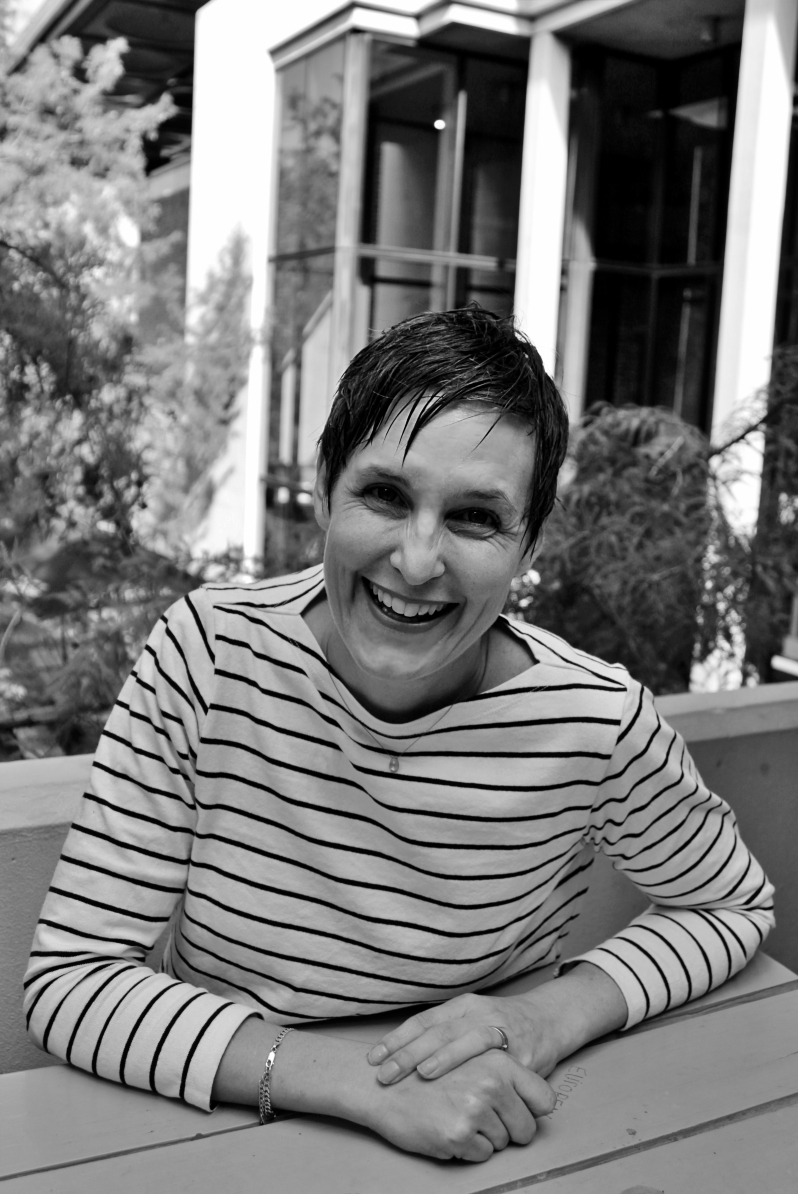
What was the process like of transitioning from fine art into puppetry?
What’s interesting for me in fine art, you work on your own with your ideas and finding how you can translate your ideas into form. Theatre is a collective process. It’s all about bringing out other people’s ideas. It’s about finding what matters to us rather than what matters to me. That is part of what drew me into theatre because I love people and working with people is exciting but part of me is also an artist. I like having ideas and creating a vision and puppet theatre is a wonderful balance of the two because you have to have a certain kind of vision in your mind before you start in order to build up the materials that you need to be able to work and then there is all this space to play with the objects, once you’ve created them, with the creative team. On the one hand, the process of making the two, there is a lot of similarity of introspection and extrospection and being human and what is it to be in this world but then also very interestingly, the experience of the audience. My experience is that in fine art, if people look at something and they understand it, they are annoyed. In theatre, when you create work that suggests meaning and leaves open ends for people to create their own meanings, they get annoyed. That is something I’ve found quite challenging moving into the theatre world from the fine art space is this extraordinary demand for a clear narrative where I actually like to throw a lot at people and let them make up their own minds. When working for adults, I use a lot of metaphors and symbolism and leave a lot of open ends and some people find that very hard to stitch up but I’m ok with that. I think it’s all about expanding ourselves, not only as human beings understanding our relationship with the world but also our relationship with the arts and where we are willing to stretch ourselves to.
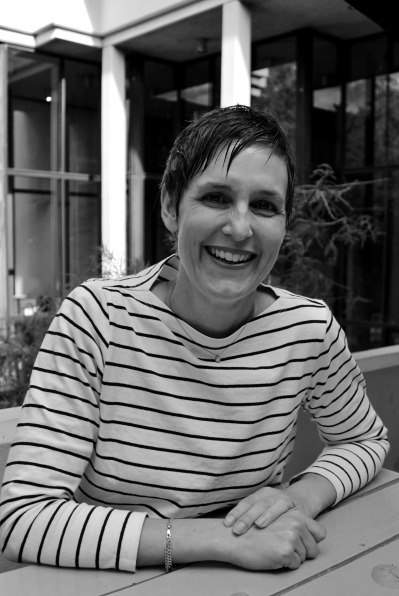
When you are creating a new piece of work or a new puppet, where do you start?
Where I start depends on the project. I would say there are two places where I start. The one is with a demand for the work which is usually something like a material circumstance. For example, a production company says, “I want you to produce a work that is going to go on tour in the USA [and] perform live with classical orchestras. What music do you want to work with and what do you want to do?” That’s how The Firebird came about. In this case [with Lumka], Roshina [Ratnam] and I said, “Let’s do a thing together.” We know each other as professional colleagues but we actually hadn’t done a project together. We started working on it because we wanted to and then the National Arts Council gave us funding for it and that, of course, creates the circumstance under which you can really go to work because now you have the funds to put the thing together. Usually, there is a circumstance that makes a work possible and it comes from both ends. There is a demand but then, for me, the more important thing is what I do with that. I take whatever theme, topic or play has been chosen through whatever means or has inspired me through whatever encounter I’ve had through the world, my children, whatever it might be and then I reflect on that thing and I allow my subconscious mind to make suggestions of ideas, of images, of thoughts and feelings around the topic and I start to gather those ideas. Then I go into a conversation with the people who I’m likely to work with in that particular production. I hear other people’s ideas and then I go away and reflect. This is quite a slow process. In the case of The Firebird, we did three workshops in the year leading up to the rehearsal process where we just brainstormed ideas. With Roshina we had a whole series of conversations about what was important to us. We felt it was really important to start telling stories about girls with real power. Where does that come from? A sense of confidence and a sense of courage is not about not having fear, it’s not about banishing fear. It’s about learning to have fear and act anyway and overcome in the face of fear. Then comes creating the actual puppets because before you go into rehearsal, you actually need the puppets built. Although as part of the workshop process we do work with mockups and play around with them and then go away and finalise the visual concept and then build that visual concept. There are a lot of stages along the way where the inspiration comes and the thing develops and just the love and play in the work is an exploration and we are very lucky to have that in this particular field.
I’m sure it varies but on average, how long does each puppet take to complete?
A puppet takes about 10 days to build but it’s very difficult to say because some of these puppets took 10 days but for example in The Firebird, there is a dragon with a 14-metre wingspan that took six months to build. There is a really big difference depending on what the mechanical complexity of the puppet is, the scale of the puppet, the kind of problems we have to overcome, how many times we’ve built the puppet before if you’ve built this particular style. Lumka is the smallest puppet ever but nonetheless one of many Bunraku style. It’s a Japanese style of puppetry and I’ve built quite a number of them in my career as a puppet artist because I love working with the human figure and the human emotion so I often make human beings and then I pretty much follow the same technique of building and then it doesn’t take as long because if you have to work something out from scratch, it obviously takes longer.
During your speech at the Fleur du Cap awards this year you mentioned some of the unique challenges that you get to experience with the puppets. I was wondering if you could maybe share a little bit more about that?
You never have a situation in a rehearsal with an actor where you go, “The head just fell off!” It’s a unique puppet conundrum. There is this world of objectness with puppets. You are dealing with a thing and the thing breaks. Human beings are tough but puppets are material creations and so stuff wears out. You think you’ve built something strong but then it snaps in rehearsals and the leg comes off. I always say, “It breaks better in rehearsal.” Usually, by the time we’ve been through a rehearsal process, most of the things that are going to break have broken over that period and then they don’t continue to break in performance. It’s stressful but I work with professionals. They carry on. I’ve had puppets where the head control has given in and people grab the puppet by the back of the hair and they just carry on and you wouldn’t know the difference because they know how to do their art and they remain focused and true to the energy of the moment. They pick it up and they make it do what it needs to do by whatever means.
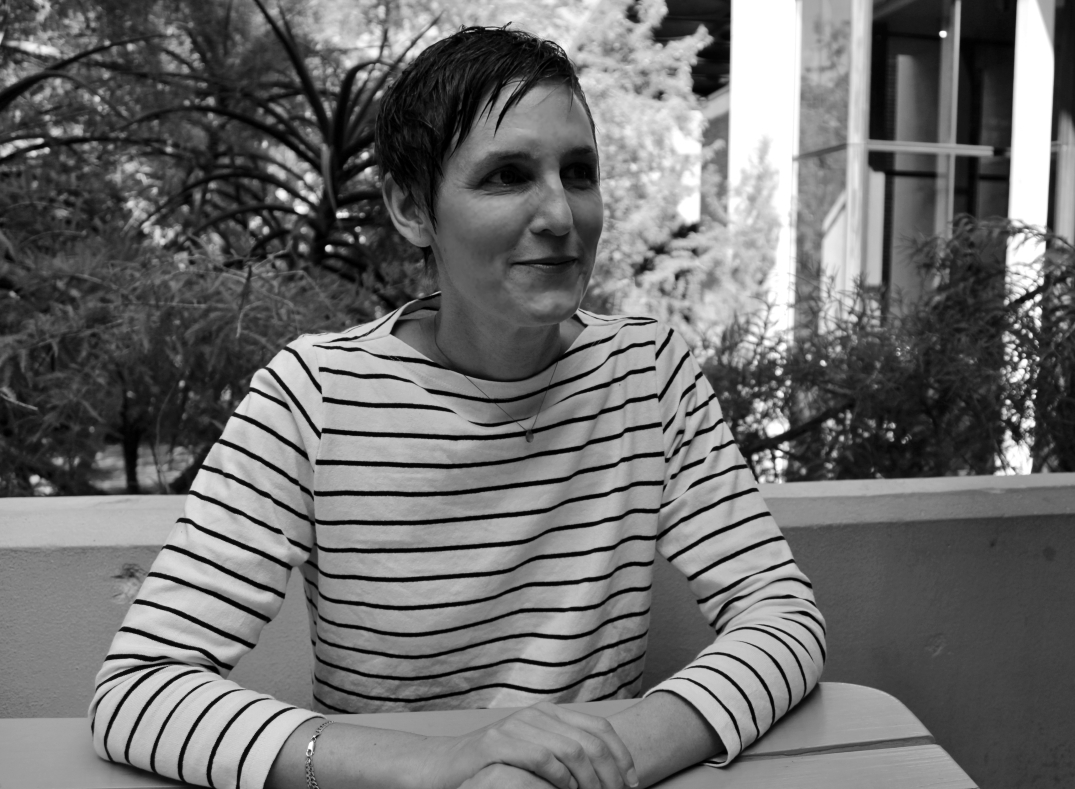
Eventually, you went on to direct Handspring Puppet Company. How do you feel that organisation benefitted by having your voice at the helm of it during those four years?
That’s a good question and I must say it’s not one I’ve done much thinking about. I’ve thought a lot about how I benefitted from being there. It was a very interesting time in Handspring’s history because Handspring was suddenly a very big company, there were more than 20 people permanently employed in the company. It was an exciting time of expanding the company and its relationship with other artists in the field and what we could collectively provide to excellent puppet theatre in South Africa. I think what my being there provided was a certain kind of opening up of the professional diversity of what Handspring was offering. I suppose they also benefitted from my drive for inclusivity to take seriously the work of the Handspring Trust developing the work that was being done in Barrydale, pushing for really consistent development in that area and bringing the Handspring Trust towards artists in Cape Town and supporting our local Cape Town-based puppet companies. That really worked towards Ukwanda receiving the support that they have and they are now a fairly well-established puppet theatre company on their own. I directed quite a number of shows while I was there that did very well. Great work touring internationally is always good, not only for the artists directly involved but for our arts in general because people associate then a high quality of work with South Africa. We revived and toured Ubu and The Truth Commission and I directed that revival. Also Woyzeck on the Highveld and Ouroboros which I was the original creator of and which toured internationally. It really expanded the conversation around Handspring but also around South African arts in general.
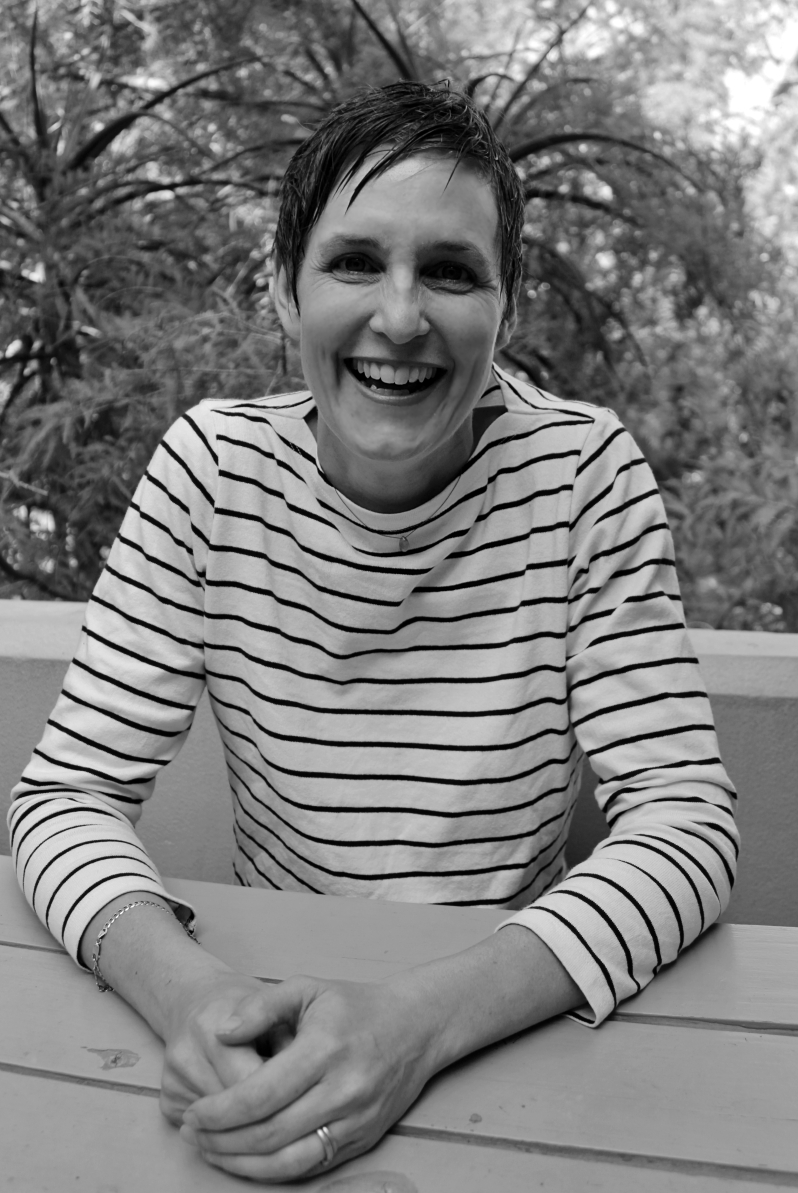
What do you find to be the biggest misconception that people might have about what you do?
An old misconception which is dying out is that puppets are for children. Puppets are for everyone. It’s a medium of artistic expression. Saying puppets are for children is like saying paint is for children. Paint is for whoever takes it and paints with it and the image that you create with paint is what will determine whether it’s for a child or for an adult. Puppetry is a form of expression. What you are expressing determines if it’s for a child or an adult. The reason that it’s become associated with children’s theatre is because children are more willing to suspend disbelief and to commit and believe in the puppet. Children will accept work of not such good quality whereas adults will not and to do good quality puppet theatre is very hard because it takes an enormous amount of coordination and an enormous amount of rehearsal to work out a sequence of movements with a puppet than with a body that already knows how to move itself. If you think of it as you as a person, you don’t even have to think about breathing. You know that and you know how to walk. If you want to get up and walk over there, you get up and walk over there. If an actor is holding a puppet, it’s three actors on one puppet often and they have to coordinate. Can you imagine, now you are going to create a piece of theatre where these things are coherently doing stuff that holds the very fragile life in place and if you drop that life, you drop that ball on the floor, you lose your adult audience. Children will let that ball drop and pick it up again with you. That’s why doing puppet theatre for adults is very difficult because you really have to take a lot of time. It takes a lot of patience. It’s very hard but it’s very magical when we commit to it and when we manage to do it well, it’s worth all the effort.
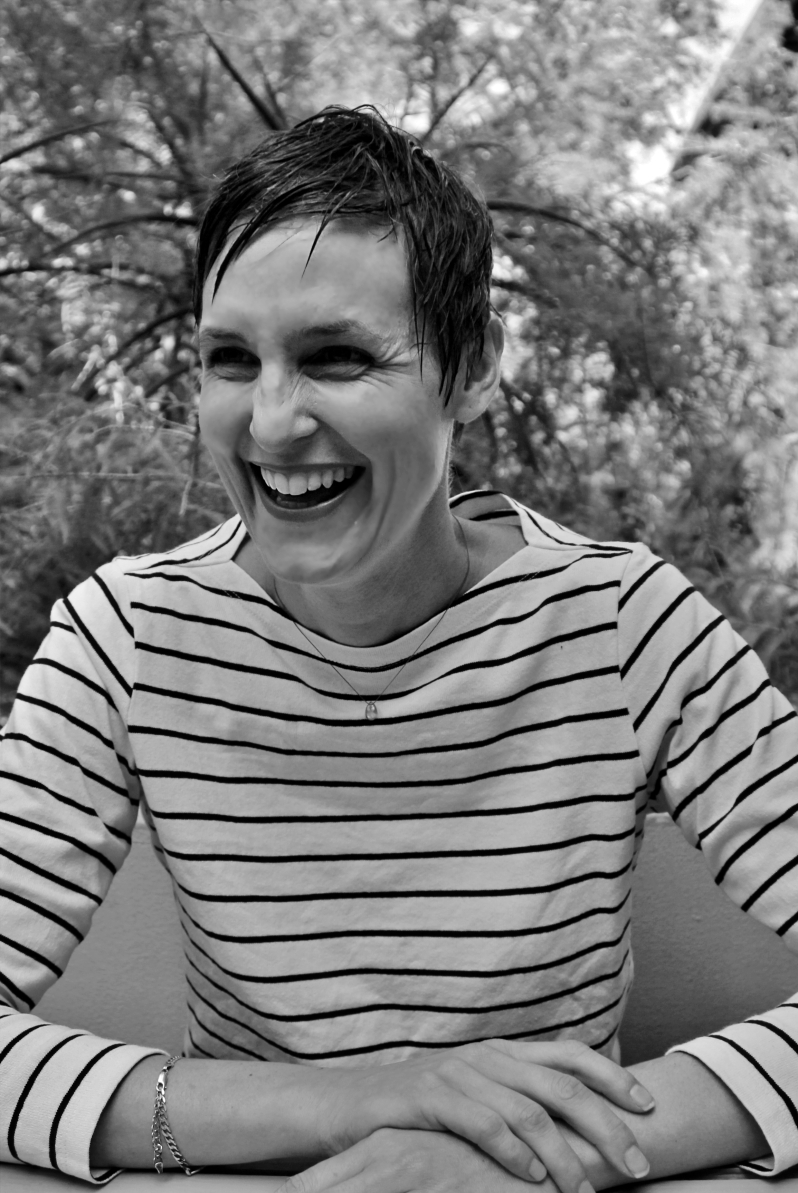
What advice would you have for any young women looking to enter into this profession?
I would say you’ve got to not be afraid of hard work because it’s like a multi-faceted profession. In South Africa, we don’t have arts producers. We don’t have people throwing money at beautiful artwork, so what you have to be willing to do is raise your own funds, manage your own productions which means all the way from coordinating schedules with people to actually enrolling people in your project and having them believe in what you are wanting to communicate and listen properly to what they want to communicate with you about the topic that you’ve chosen. That real communication thing is incredibly important. Being willing to hear other people is essential in theatre. And then, if you are not afraid of all of those things, just loving to play because a lot of puppet theatre is about being inventive and imaginative and trusting your imagination and coming up with images. We all have doubts and fears. When I come up with an image, as an artist, I often have another voice in my head immediately going, “That’s a bad idea. Everyone will hate that. You shouldn’t do it.” To not listen to that voice, to say, “Ok but what if it works, what would it look like in the next phase and how could I take that forward? Maybe it’s a bad idea but let’s just see.” I chat to myself all the time and I encourage myself not to pay too much attention to that voice and go, “Let’s just take it forward a step and see where it goes.” To carry on and persevere. Then in terms of actual practical advice, you’ve got to get some kind of theatrical education because although I came from a fine art background, puppet theatre is really a theatre form. You’ve got to know how to create work that tells a story or it doesn’t tell a story but how to manage people’s expectation of an experience over time. That’s what theatre teaches you.
Out of everything that you’ve ever worked on, which project are you most proud of?
There are different ones for different reasons. I’ve got to say that Ouroboros is very close to my heart. It was my Standard Bank Young Artist production and I sat at this very table with Lara Foot. She had agreed to give me some coaching and some advice on what I was planning to do and I said, “I’ve got this list of 10 things that I think I might want to work on for my Standard Bank project. Which one do you think I should work on, the one that I think will work best or the one that I love the most?” And she said, “I only want to hear the one that you love.” She listened to the idea and she said, “It’s a great idea. It’s going to be extremely difficult to do but you should do it.” That for me, kind of underpinned my creative process in that I hear Lara’s voice in my head and if you love it and you’re excited about the project, do it and don’t get stopped by concern. When I had an idea for The Firebird that there would be a dragon with a 12-metre wingspan that would be hatching out of an egg that would be hanging in the air, I had the idea and then Lara’s voice came up, “If you love it, you’ve got to do it.” I did and I made it happen because of that. Ouroboros was like a leading example of that anything is possible in my own creative work. That’s why I love that project.
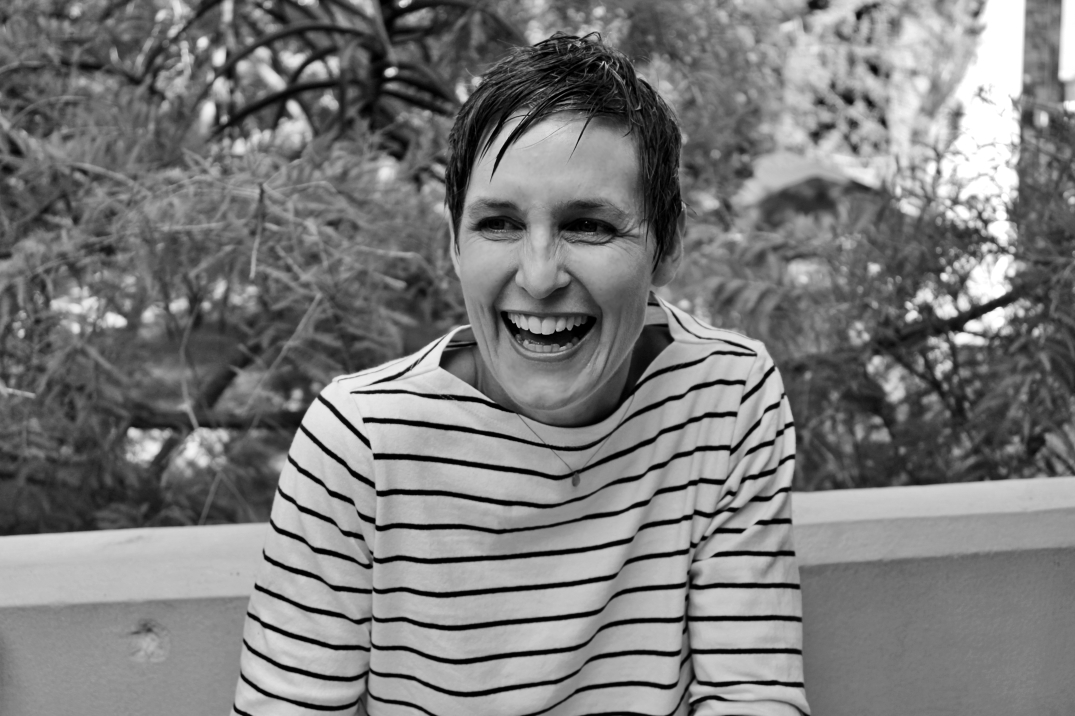
Who are some South African women in the arts that inspire you?
Let’s start with Lara Foot. She is a magnificent director and her vision for change and transformation in our industry has been quite extraordinary. Speaking about changemakers, Yvette Hardie and her passion for theatre for young audiences. That real commitment to bringing real quality theatre for each and every age group from babies to senior teenagers who are all very particular and very difficultly different from adult audiences and she’s really transformed our industry. Jennie Reznek and the Magnet Theatre project and the work that they have been doing to bridge the gap between the more conventional qualification routes and people who are not able to directly access those university/tertiary roots. They’ve provided an avenue to bring professionality into a whole new sphere of theatre-makers and really are creating change and transformation in our industry. Yewande Omotoso is an author and also a passionate person following her dream and putting her work out there and writing really successfully. I love her work and I love her personally. I do find Roshina Ratnam very inspiring because of her love. She walks into a room and people are happy because she is there and that in the arts is unusual. Roshina is happy to be in this world and she feels joyful to be creating things and so it’s a pleasure to be around that and to work with somebody who feels that way. Asanda Rilityana, of course, who also has that energy. It’s a wonderful team, the three of us, that are working together on Lumka. Mamela Nyamza is inspiring because she is not sitting back and asking for it. There is a demand. I think its good. It’s important. Koleka Putuma, a magnificent poet.
You can follow Janni on Twitter or via her official website.
Special thanks to Christine Skinner.
All photos were taken on March 28th 2019 at the Baxter Theatre.
Sarafina Magazine maintains copyright over all images. For usage or inquiries, please contact us.
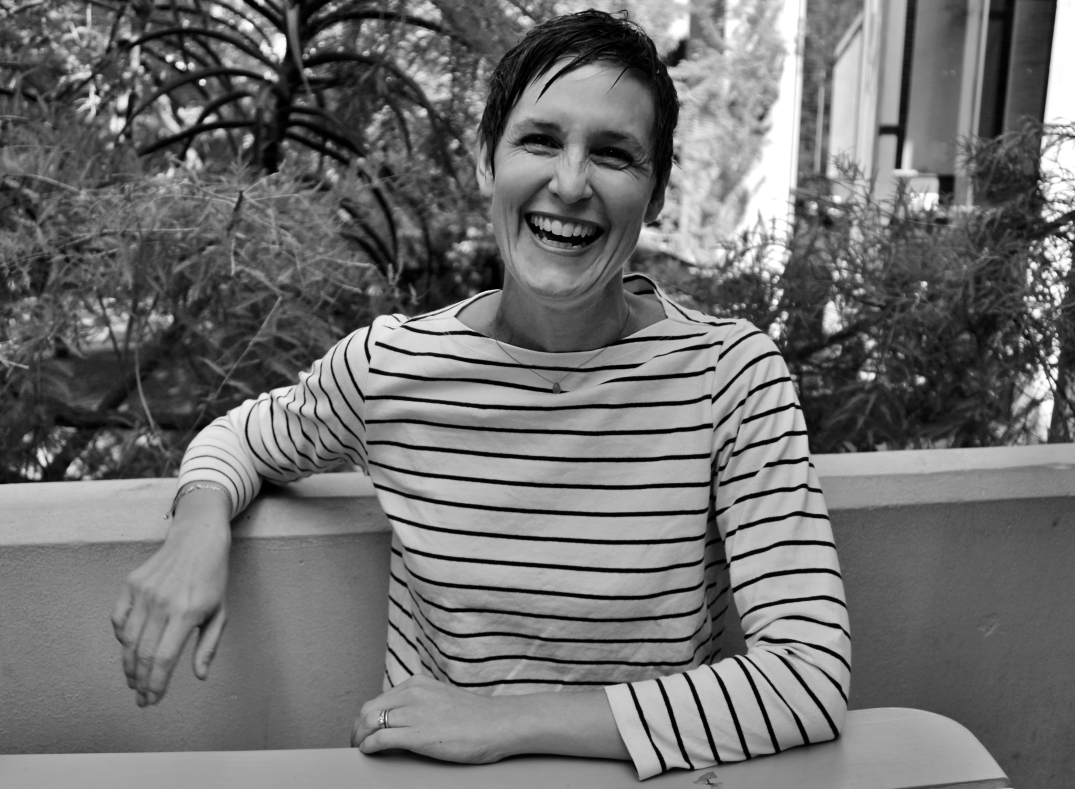
Pingback: A Conversation with Liezl de Kock – Sarafina Magazine